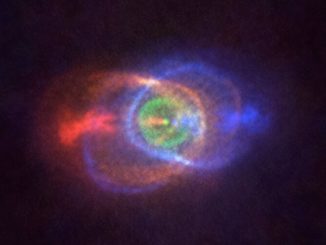
red giant

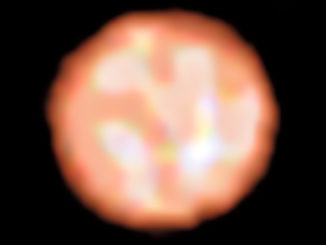

Giant ‘cannonballs’ seen shooting from binary-star system
The NASA/ESA Hubble Space Telescope has detected superhot blobs of gas, each twice as massive as the planet Mars, being ejected near a dying red giant star in the V Hydrae binary system. The plasma balls are zooming so fast through space it would take only 30 minutes for them to travel from Earth to the Moon.
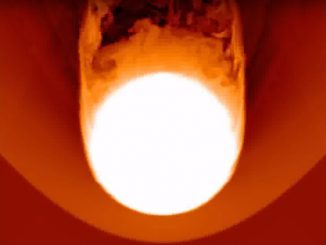
Computer simulations shed light on Milky Way’s missing red giants
New computer simulations from the Georgia Institute of Technology provide a conclusive test for a hypothesis of why the centre of the Milky Way appears to be filled with young stars but has very few old ones. According to the theory, the remnants of older, red giant stars are still there — they just aren’t bright enough to be detected with telescopes.
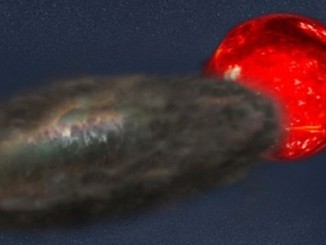
Longest-lasting stellar eclipse discovered
Imagine living on a world where, every 69 years, the sun disappears in a near-total eclipse that lasts for three and a half years. That is just what happens in a newly discovered system, known only by its astronomical catalogue number TYC 2505-672-1, setting a new record for both the longest duration stellar eclipse and the longest period between eclipses in a binary star system.
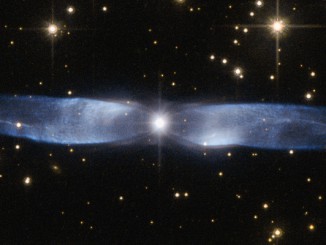
The icy blue wings of a bipolar planetary nebula
Planetary nebulae such as Hen 2-437 form when an ageing low-mass star — such as the Sun — reaches the final stages of life. The star swells to become a red giant, before casting off its gaseous outer layers into space. Hen 2-437 is a bipolar nebula — the material ejected by the dying star has streamed out into space to create the two icy blue lobes pictured here.

Sharp-eyed ALMA spots a flare on famous red giant star
Observations with the Atacama Large Millimetre/submillimetre Array (ALMA) have revealed what seems to be a gigantic flare on the surface of Mira, one of the closest and most famous red giant stars in the sky. Activity like this in red giants — similar to what we see in the Sun — comes as a surprise to astronomers.
